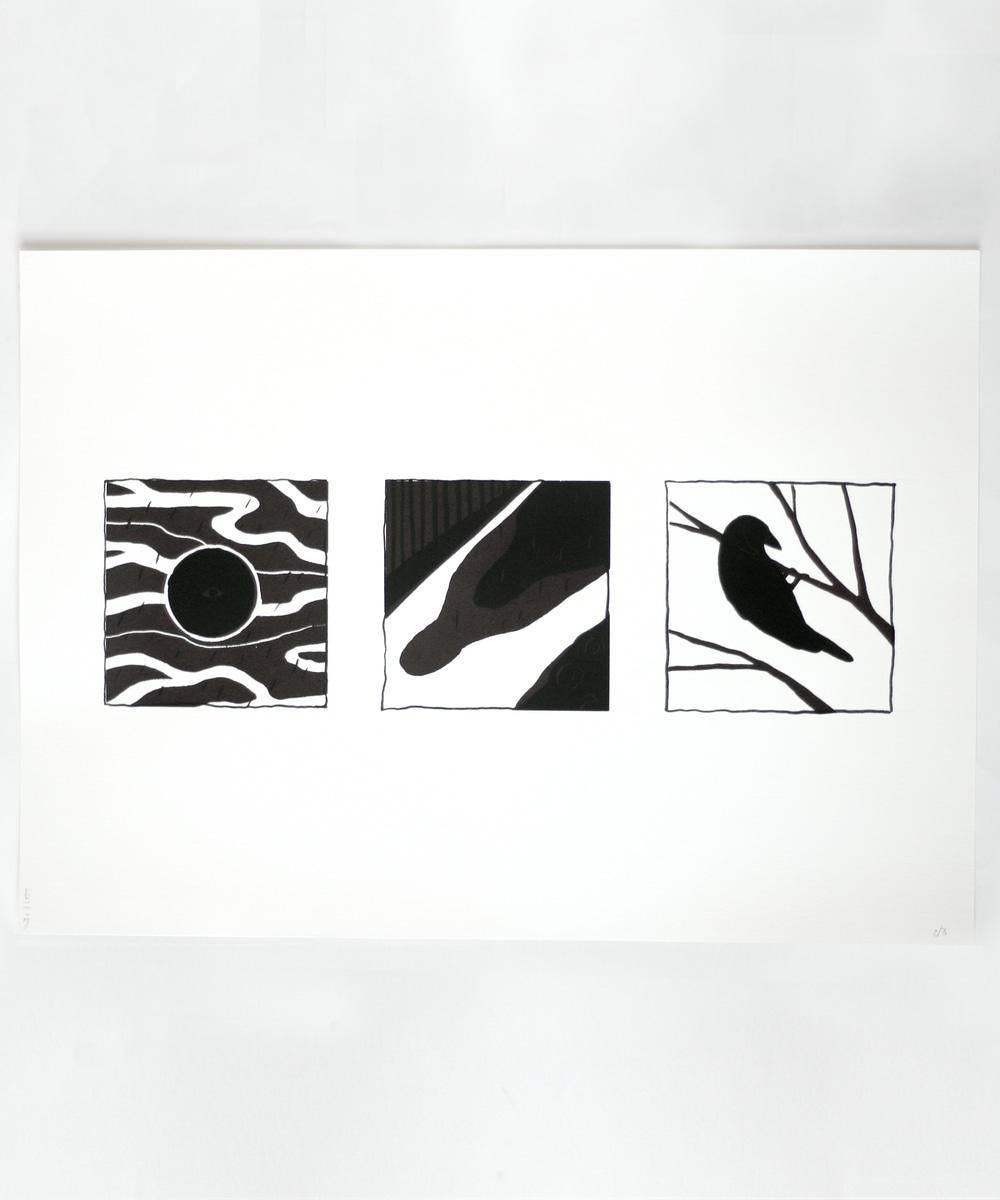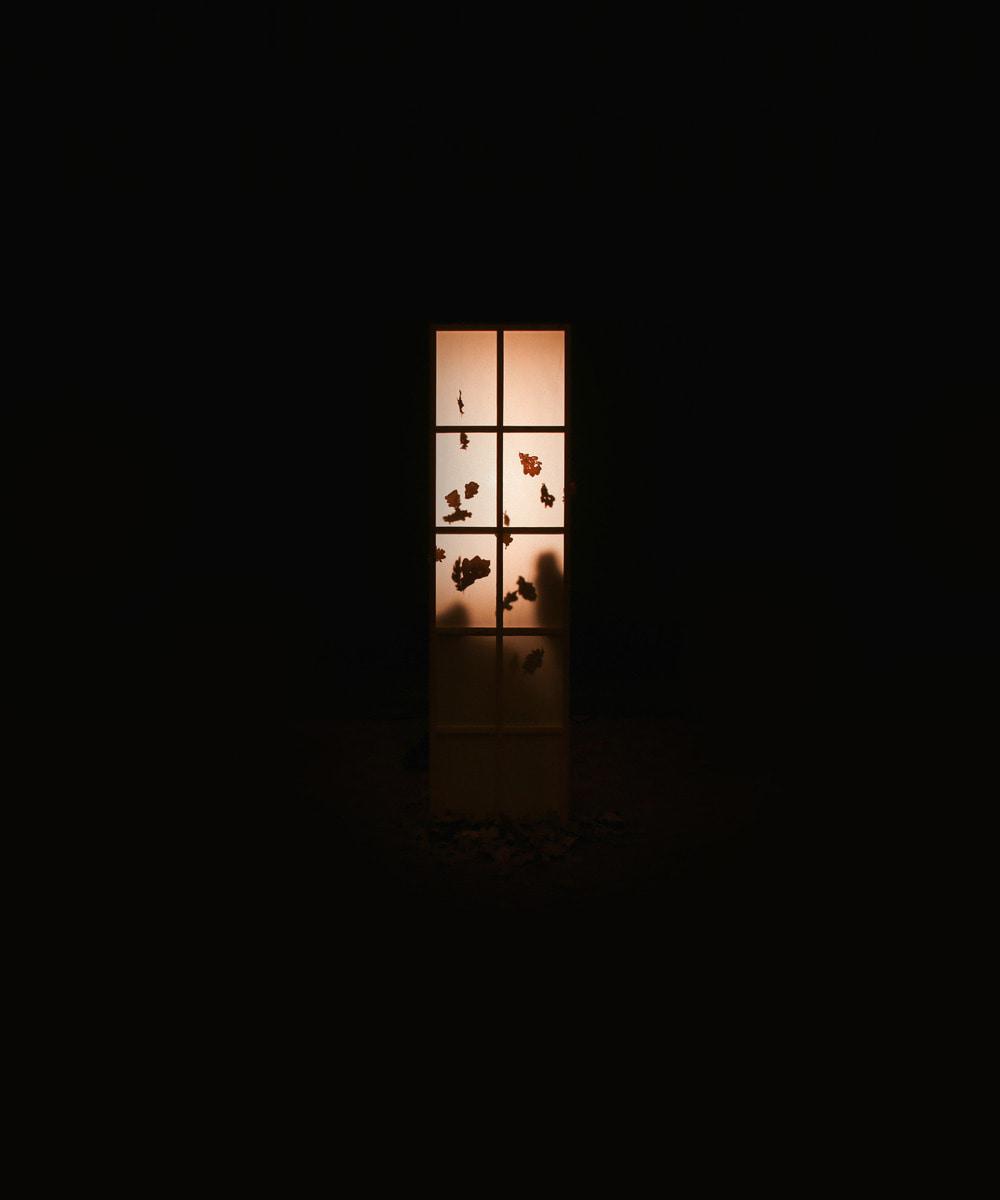The presenter has activated the presenter mode. Would you like to follow?
Follow presenter
You are following the presenter.
Stop following presenter
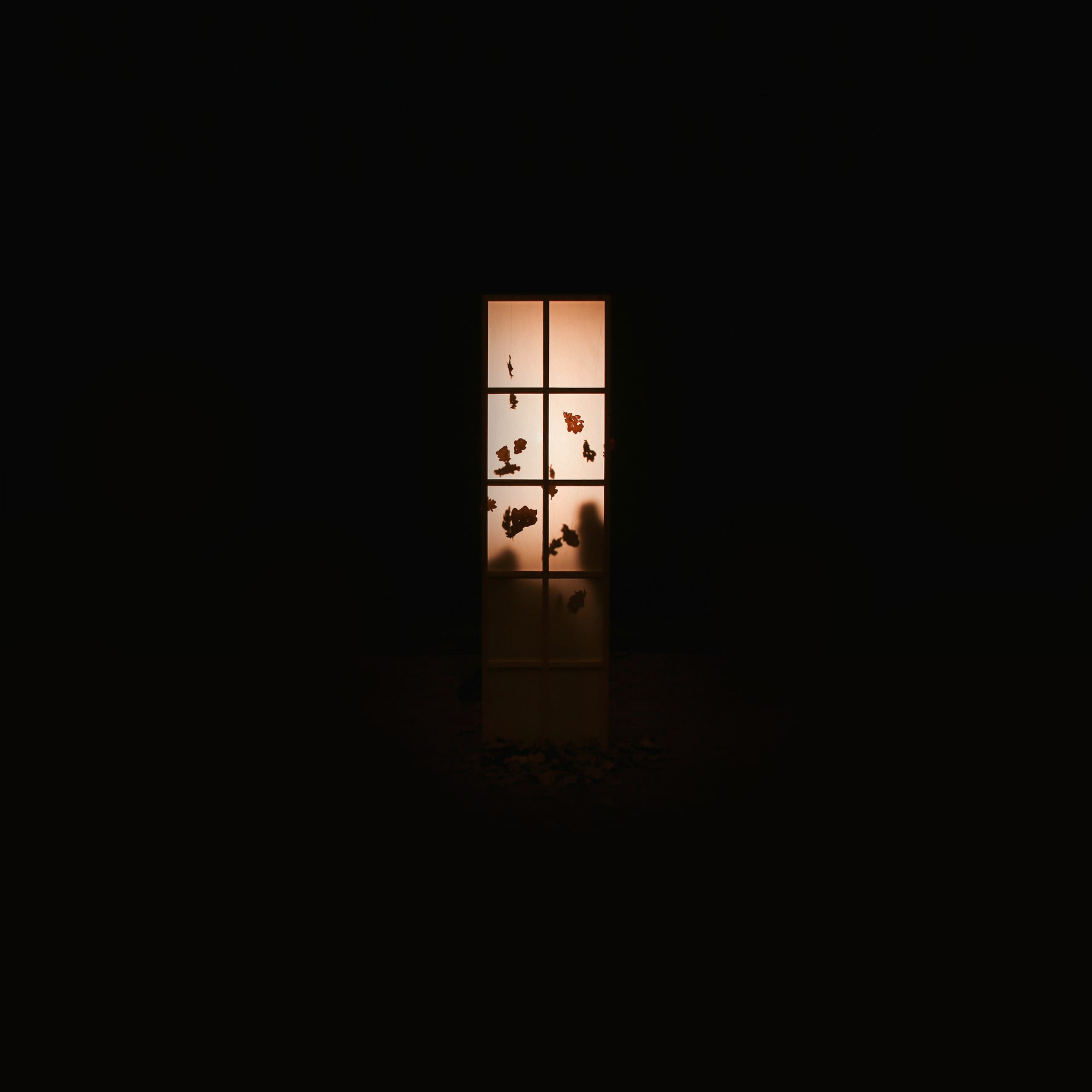
"There’s an alluring beauty in the intangible melancholy and tragedy of loss. Lethe is an introduction to that. Derived from fear there’s a developed aversion to impermanence, loss and death; it became shapeless, hidden and abstract. This made for an awkwardly noticeable presence of absence. You can’t look, even though you know it’s there. In Lethe, Moniek likes to accompany you on a dance where you’re free to decide your pace but you’ll be immersed in these softly, forthcoming raw and complicated subjects. A created safe-space where death and the everchanging fleetingness of the moment are allowed to coexist with humans. Here it’s melancholic beauty isn’t rejected, but accentuated, appreciated and even celebrated. Taking your time for time’s passing. The installation highlights traces of time and signs of decay as if they’re shining and are valued as brand new. Through shadows, mono no aware and acceptation of loss; Lethe takes a different approach. All in awe of fleeting moments and their intangible everlasting states of movement."
In short:
Lethe is a translation of the abstraction around loss, death and moments that constantly pass by. It celebrates the beauty of melancholy in loss and creates a safe space to spend time alongside these (maybe hard-to-swallow or confronting) feelings. We tend to look away from death or loss, but in Lethe you're allowed to look. You're allowed to feel, experience and contemplate everything at your own pace.
Discover the installation through the introduction experience or video below:
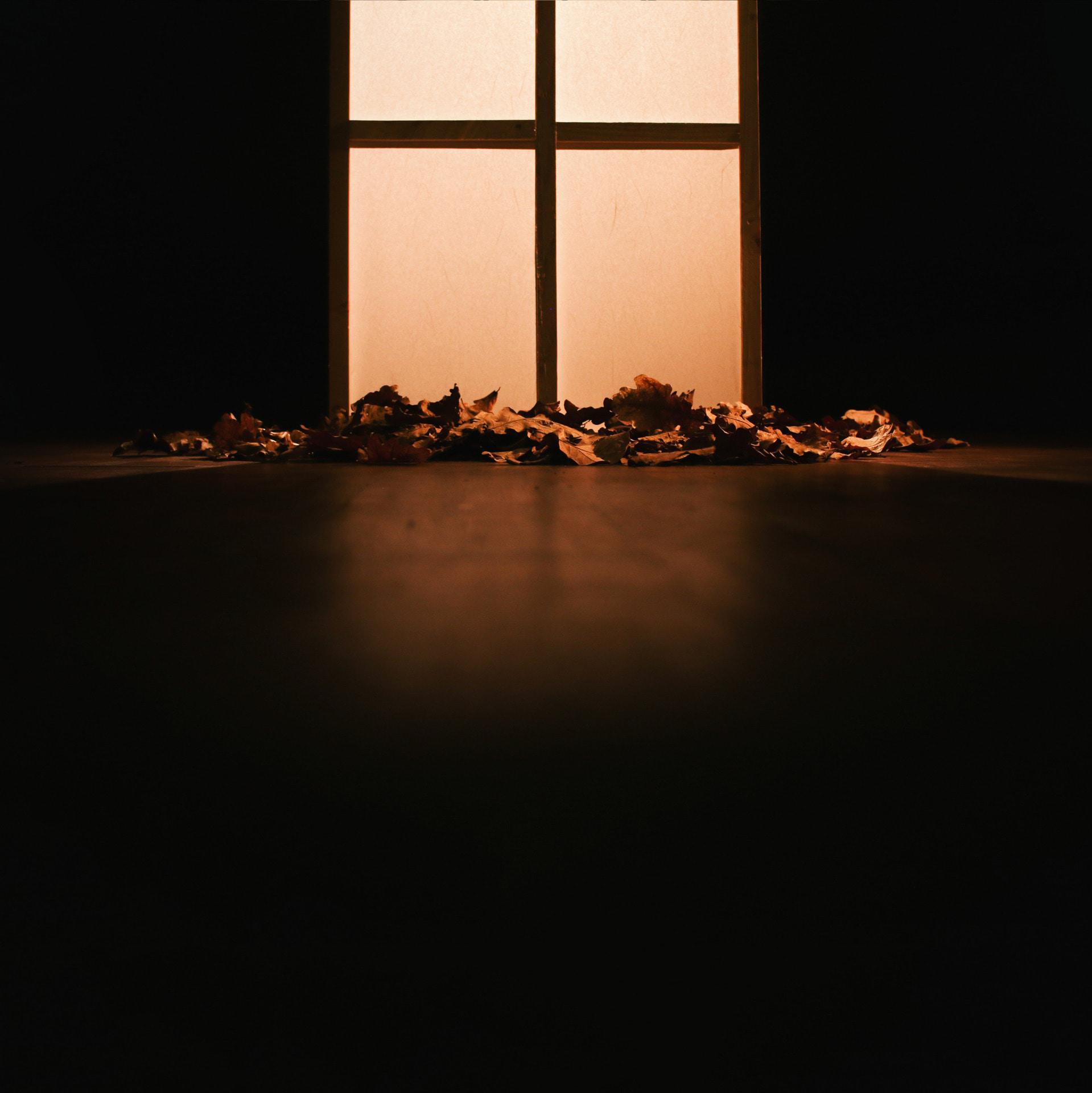
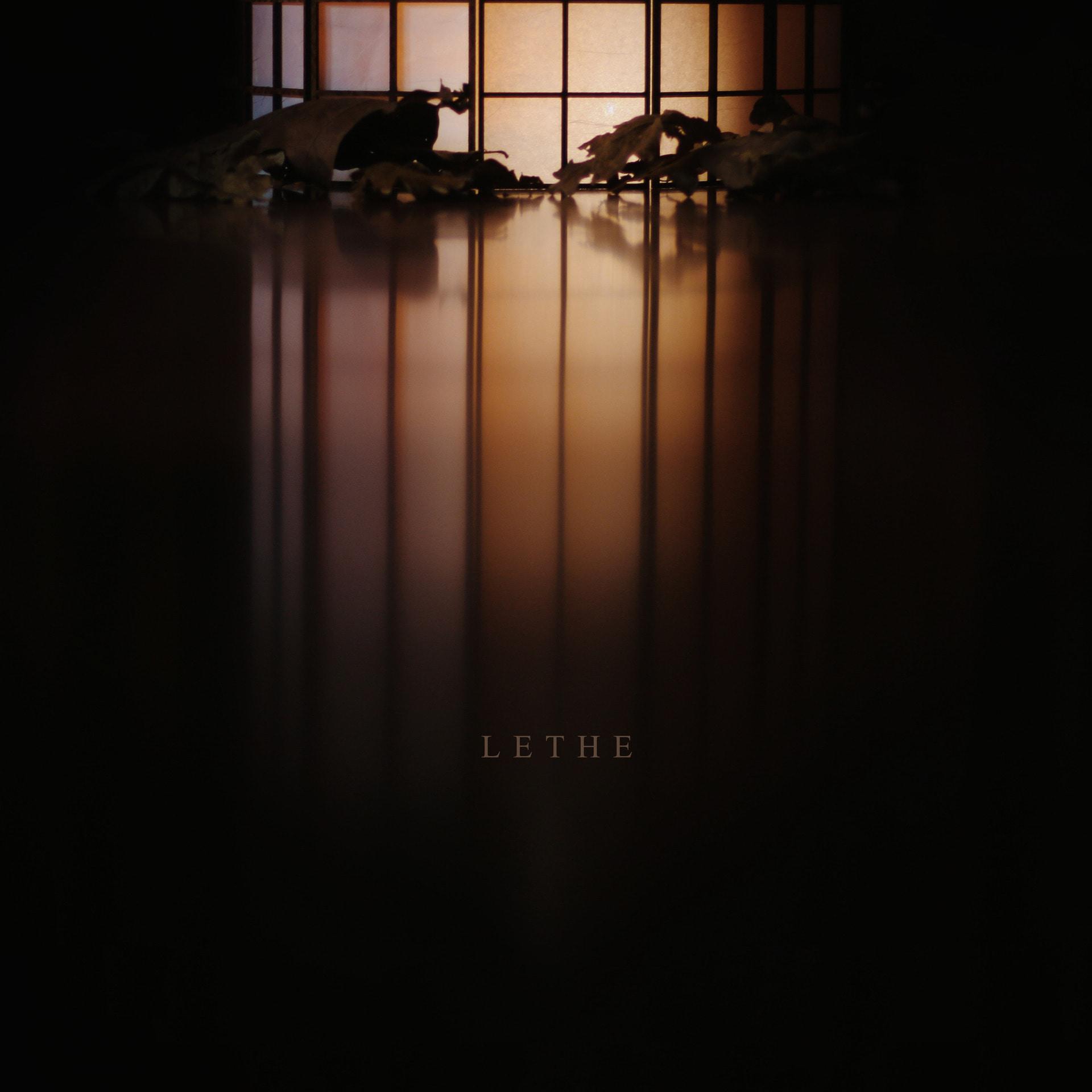
Details:
The
installation is approximately 4 x 4 x 2 meters in size. It is located
in a specious dark room where the only thing that catches the eye, is
the lit up work. People are allowed to watch from distance, approach it
up close, walk around it etc. It shows shadows slowly changing and
fleetingly passing alongside shoji screens as leaves scratch softly
against the surface of the shoji paper. It allows for live scenery of
decay as the leaves wither and the scratches gently grow louder.
 Moniek van de Pas
Moniek van de Pas

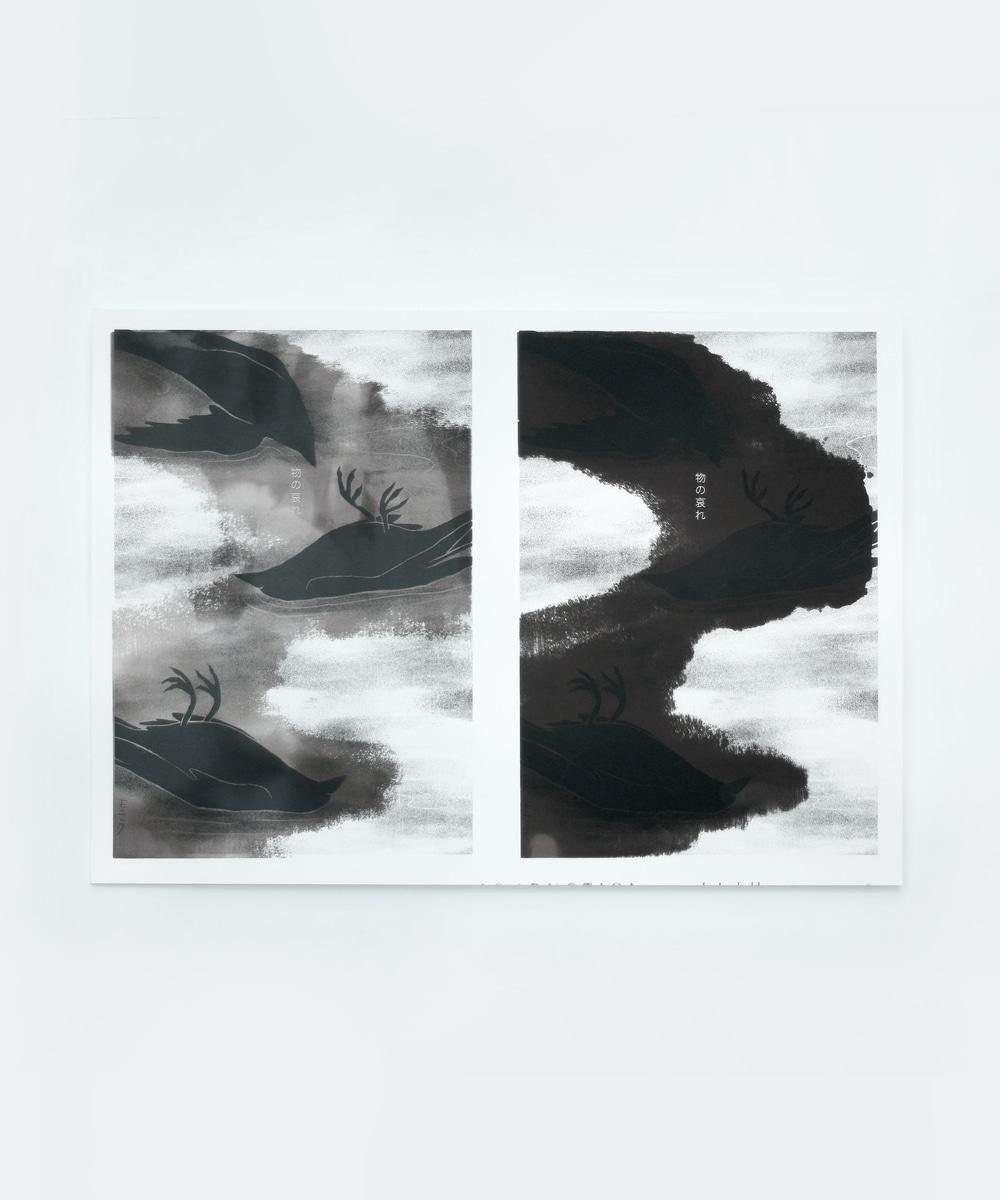
 Moniek van de Pas
Moniek van de Pas
